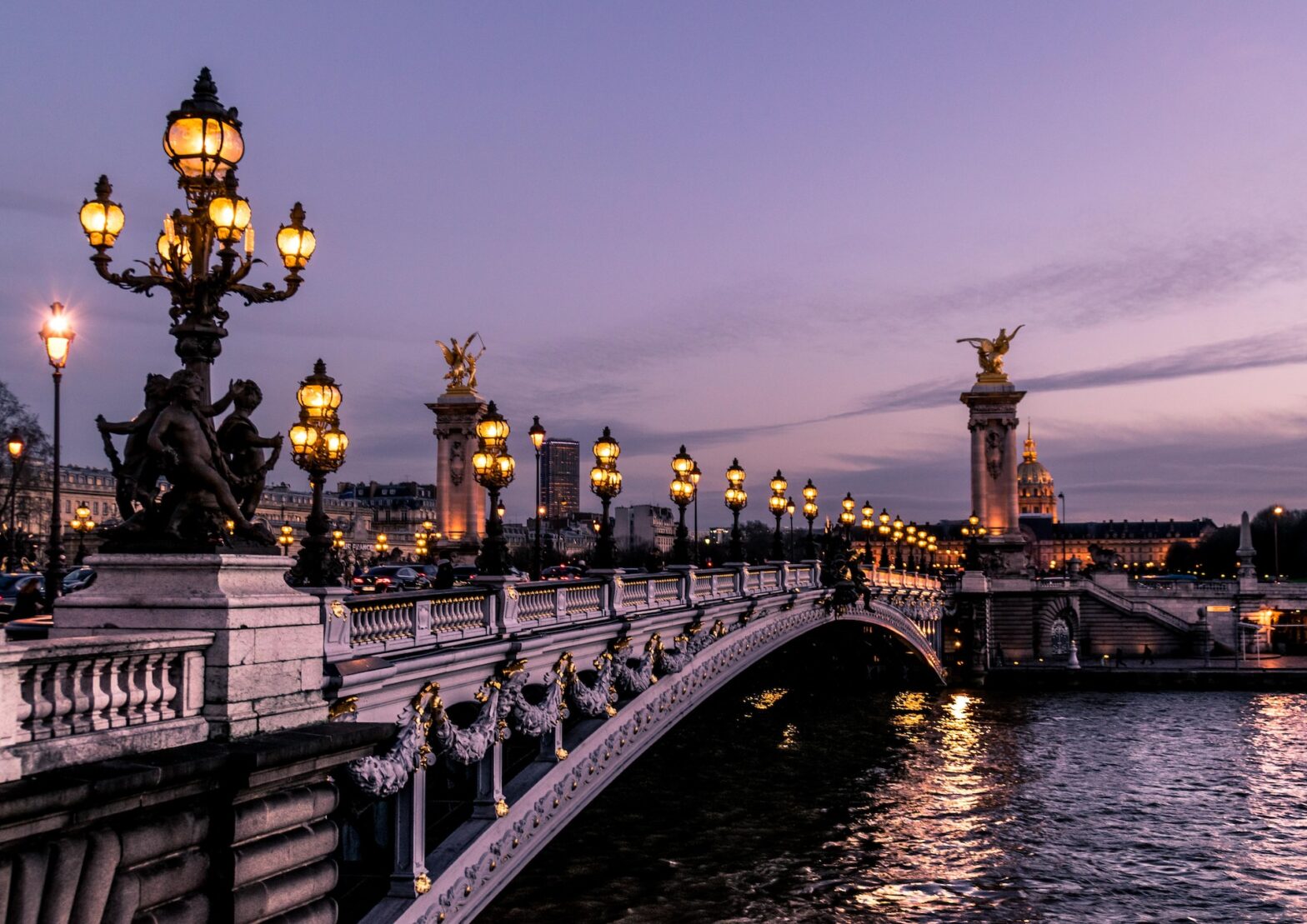France has played a central role in shaping modern European civilization and asserting colonial power with its long history of art, culture, cuisine and revolution. This iconic state in Western Europe has been around for centuries and is one of the most well-known places in the world. France is home to the city of love and the city of lights, and that’s just Paris! The country is also renowned for its beloved fashion, prestige cuisine and natural wonders like the beautiful French lavender fields.
Paris, France has been a popular topic on social media recently. This is not just because the iconic city will be hosting the 2024 Olympic Games, but for a less pleasant reason: Paris is currently going through a bedbug epidemic. This news has caused a lot to question Paris’ allure. However, Alice Park for Time Magazine explained that this problem is likely occurring in other places but is exacerbated in Paris due to increased travel there following the COVID-19 Pandemic. Additionally, the problem with bedbugs in Paris is also mainly due to many Parisians not having the funds to get rid of these pests and not a result of poor hygiene.
There are still so many other cities in France that make it as unique as it is. Here are 10 facts about France that will make the country seem even more intriguing and inspire you to visit.
1. France is the Most Visited Country in the World
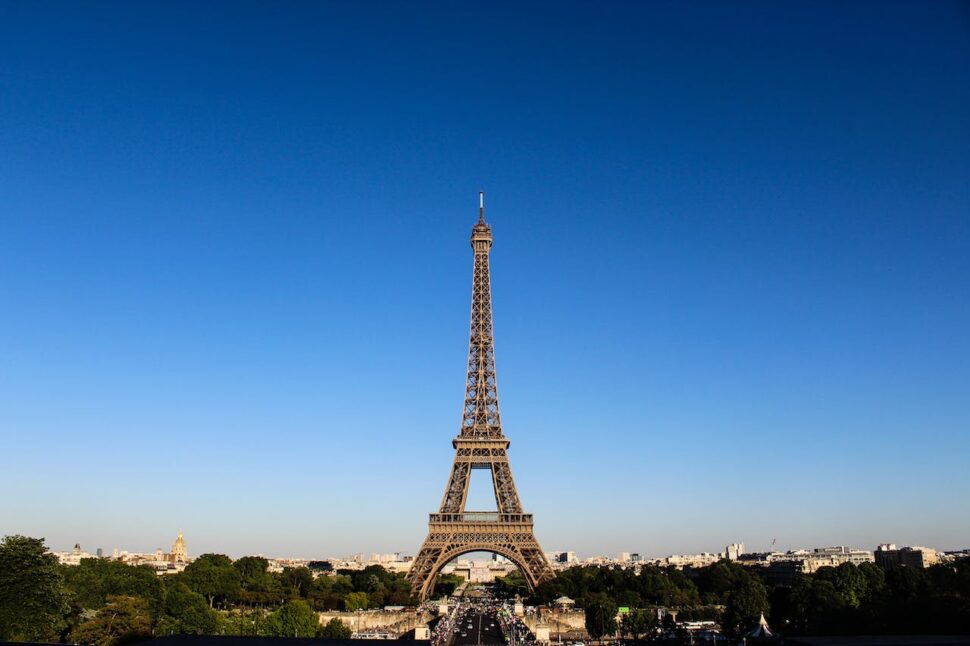
The first of these facts about France will likely come as no surprise. France maintains its spot as the most visited country on Earth with nearly 90 million international visitors in 2019. Famous landmarks like the Eiffel Tower, medieval castles and Mediterranean beaches attract tourists from around the world.
2. The Louvre is the World’s Most Visited Museum
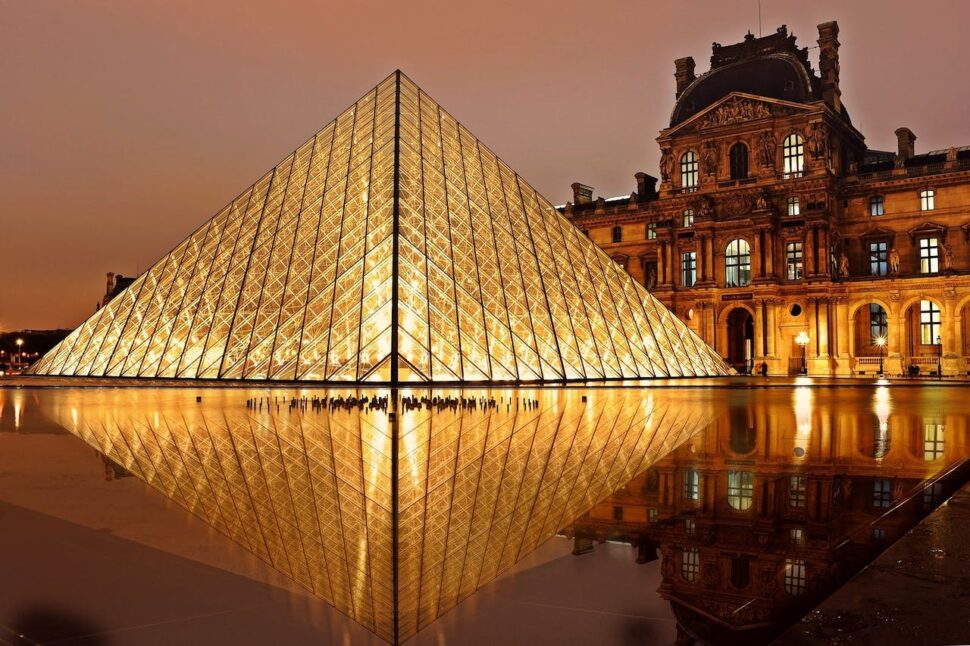
It makes sense that one of France’s attractions would have the most visitors for a place of its kind considering it is the most visited country in the world. However, the popularity of the Louvre is a testament to its historical importance and significance. The magnificent glass Louvre Pyramid in Paris leads visitors into one of the largest museums globally, with over 10 million annual visitors. The Louvre’s vast art collections range from ancient Egyptian artifacts to DaVinci’s Mona Lisa.
3. Mont Blanc is the Highest Peak in Western Europe
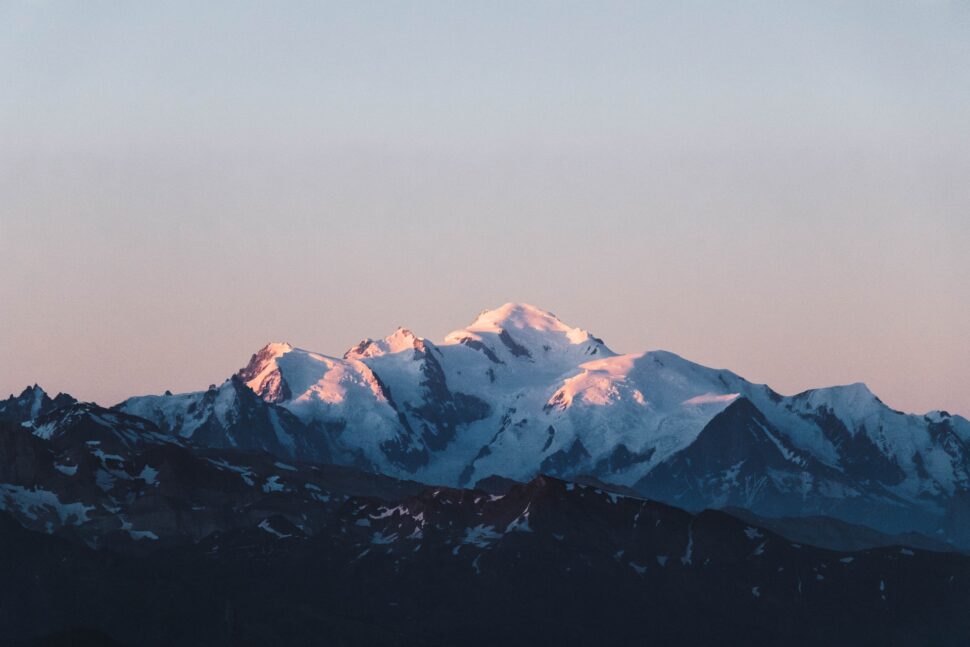
Mont Blanc is Western Europe’s tallest mountain at 15,781 ft in elevation. It is a part of the Graian Alps, offers stunning alpine vistas and is a popular spot for skiing and mountaineering. While Mont Blanc technically belongs to both Italy and France since it expands through both nations, its tallest summit is in France.
4. The Tour de France is Well Over a Century Old

The Tour de France is one of the most prestigious cycling races globally. This grueling race covers over 2,000 miles winding throughout beautiful French terrain. The Tour de France began in 1903 and is still going strong today, making it over 100 years old. In 1903, a visionary French journalist, Henri Desgrange, sought to promote and popularize cycling in France. Inspired by Italy’s Giro d’Italia, the first Tour de France commenced as a daring endeavor to captivate the public’s imagination and showcase the nation’s scenic landscapes.
5. France is Nicknamed The Hexagon Due to its Shape
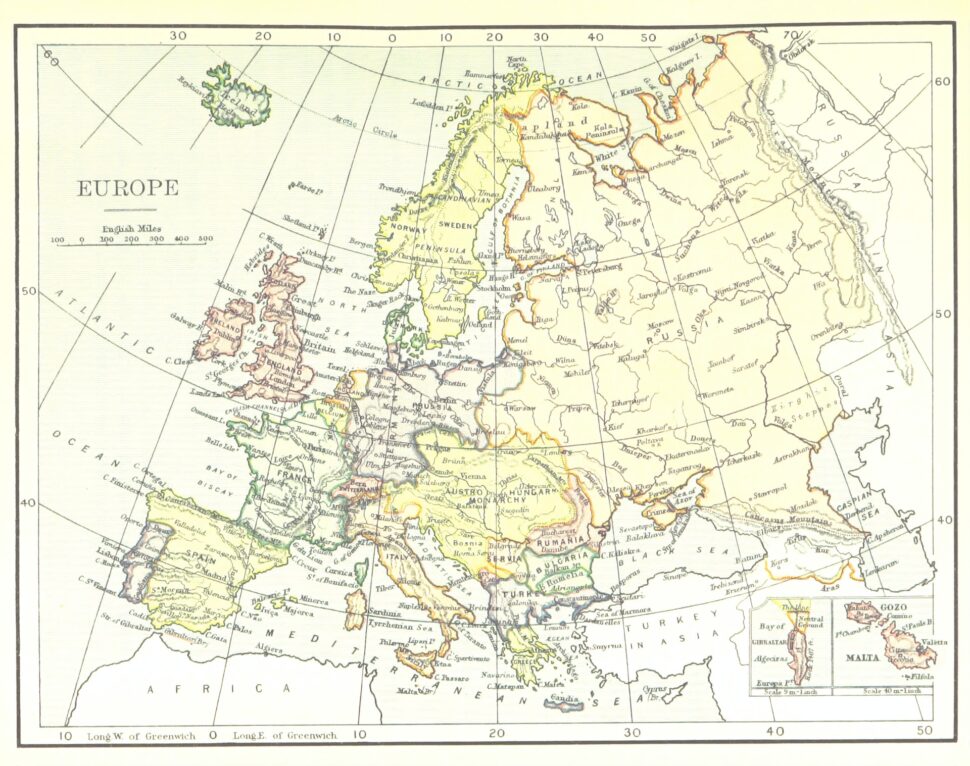
France’s geographical outline resembles a hexagon with land borders creating six sides. For this reason, the country is known as L’Hexagone or “The Hexagon.” France also claims sovereignty over small islands across the world, spanning over 12 time zones. These territories, including French Guiana in South America and Reunion Island in the Indian Ocean, contribute to France’s cultural mosaic and geopolitical influence, emphasizing the country’s long history of intense colonization.
6. French Cuisine Makes Use of Thousands of Tons of Snails

The French delicacy escargot, cooked land snails with garlic-herb butter, is hugely popular in restaurants across France. Close to 30,000 tons of snails are consumed there annually. The French elevated this humble gastropod into a gourmet delight back in ancient times when snails were a readily available food source.
7. France Was First to Ban Supermarkets from Wasting Food

France emerged as a trailblazer by enacting legislation that prohibits supermarkets from discarding excess food in a groundbreaking move aimed at curbing food waste. This monumental law, introduced in 2016, mandates that supermarkets donate unsold, edible food to charities and food banks rather than disposing of it. This proactive step not only addresses societal issues of hunger and food scarcity but also embodies France’s commitment to social responsibility and sustainable practices.
8. Only Sparkling Wine From Champagne Can Be Labeled Champagne

Here is one of the facts about France that could blow a wine lover’s mind. France enforces strict laws that reserve the prestigious Champagne label only for bubbly wines produced in the Champagne region. This protection extends not only within France but across various European countries as well. Other regions have their own unique sparkling wines.
9. France Has Some of the Most UNESCO World Heritage Sites
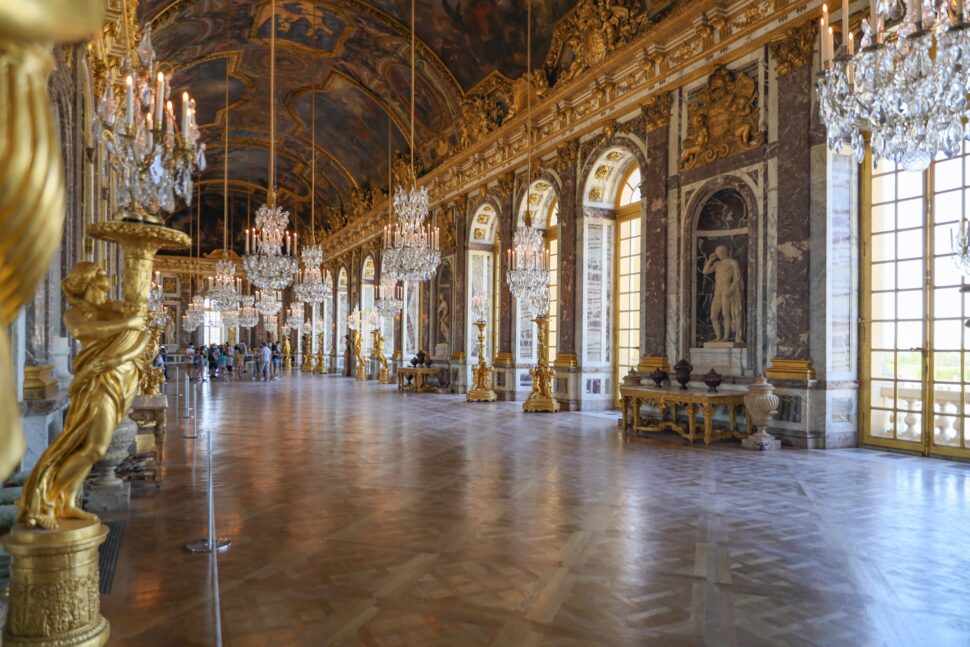
France possesses 41 World Heritage sites designated by UNESCO. Each site represents a piece of France’s multifaceted heritage from the iconic Eiffel Tower and the Palace of Versailles to the historic Mont-Saint-Michel and the prehistoric Lascaux Cave Paintings. These landmarks showcase the richness and diversity of France’s culture while inviting visitors from around the world to witness and appreciate these timeless legacies. They are a testament to the cultural legacy of this nation that has been a giant power throughout history.
10. France Gifted Lady Liberty to America
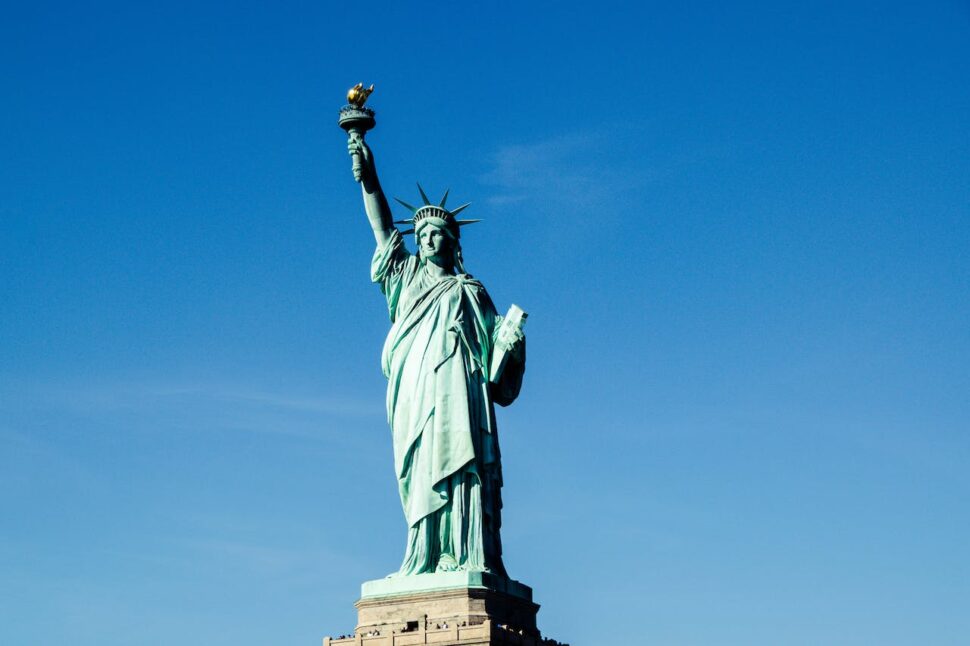
The last of these facts about France is a historical fact that set the stage for an iconic symbol of US history. The iconic Statue of Liberty in New York Harbor was a gift from France to the United States. Lady Liberty represents freedom enlightening the world and was crafted by Frédéric Auguste Bartholdi. The statue was originally copper until the oxidation that occurred from elemental exposure turned it to its iconic green color.
